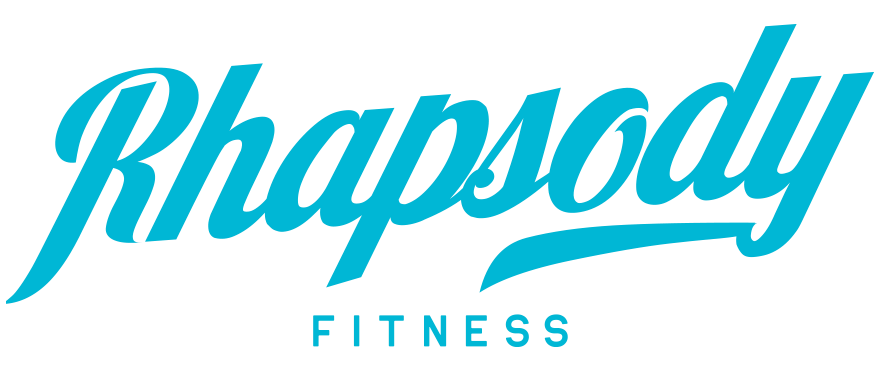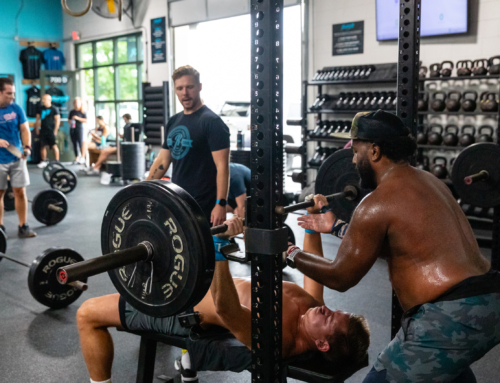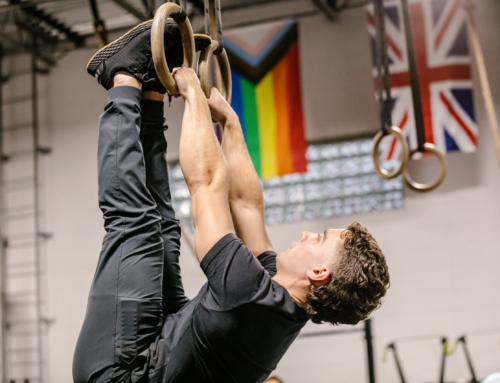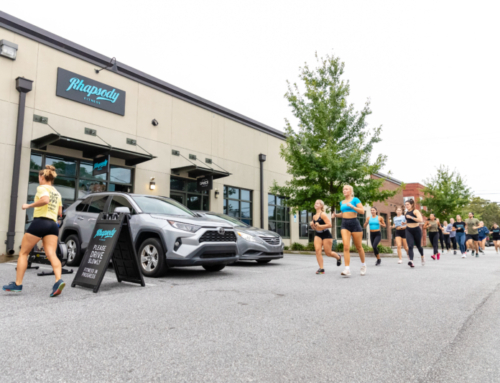Single-leg squats, also known as pistol squats or pistols, build strength, balance, flexibility and coordination. Similar to the lunge, it’s a unilateral movement which means they’re great for pointing out any potential muscle imbalances. Because single-leg squats work each leg individually, you’ll notice any discrepancies between your left and right sides and then start to correct any imbalances over time.
Points of Performance: The Single-Leg Squat
Starting Position
Start with the feet hip-width apart. Balance on one foot and extend the other leg. Pick a spot about five to ten feet away to focus on.
Descend
Send the hips back and down while keeping your heel in contact with the ground. Keep your chest lifted and core engaged. Descend until the hip crease is below the knee. Keep the knee of the supporting leg tracking over the toes.
Back to the Starting Position
Driving through the heel, rise back up to the starting position. Make sure to reach full knee and hip extension.
A Few More Tips
- If you’re new to single-leg squats, using a wall or squat rack can help you balance. As you get stronger and more comfortable with single-leg squats, rely less on the wall or rack to balance.
- Raising your arms forward as you descend into the squat is a helpful way to counterbalance your weight as you lower down.
- Keep the extended, non-supporting leg from touching the ground.
- Remember to send your hips back rather than your knee forward. Also, keep your knee from extending beyond your toes.
- To keep your chest up and open, avoid looking at the ground. Picking a spot in front of you to focus on will help keep your chest up and spine in a neutral position.
To learn more about Rhapsody Fitness in Charleston and our range of programs, get in touch with Team Rhapsody today.








